Get to know spiders, animals that can remove webs from their bodies
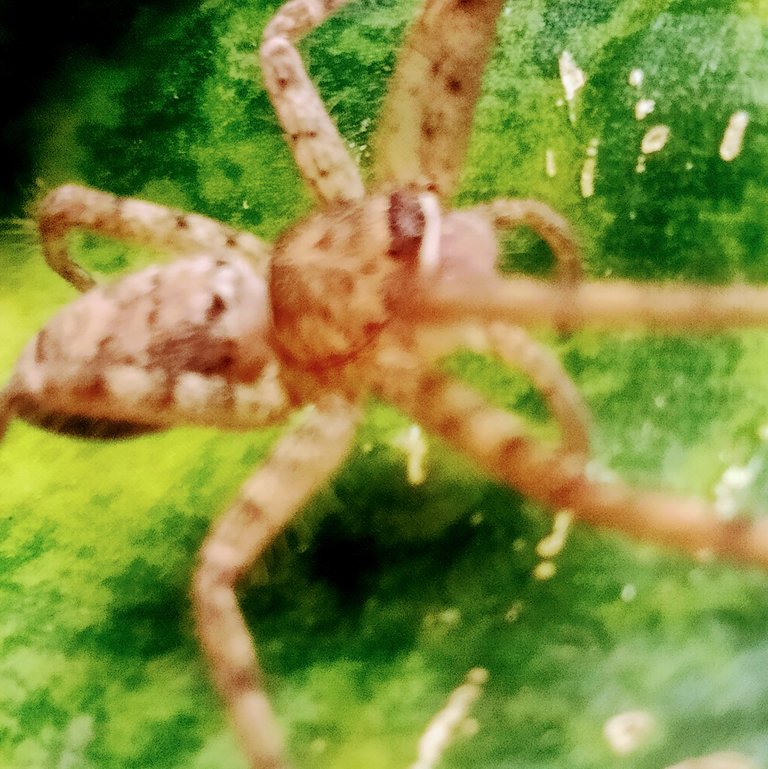
/DQmRroQtFJQb2tdk9YjYQcRSTS9g6zi2wcPWCJoazuk7Jby/img_0.10114063251660689.jpghttps://images.ecency.com
Spiders are a kind of book animal (Arthropoda), which belongs to the order Araneida or Araneae. Animals that can remove webs from their bodies, are often considered insects by many people.
Arachnida animals, such as spiders, scorpions, and mites, have only two body segments. In contrast to insects that have three body segments. Another difference is that arachnids have four pairs of legs, while insects only have three pairs.
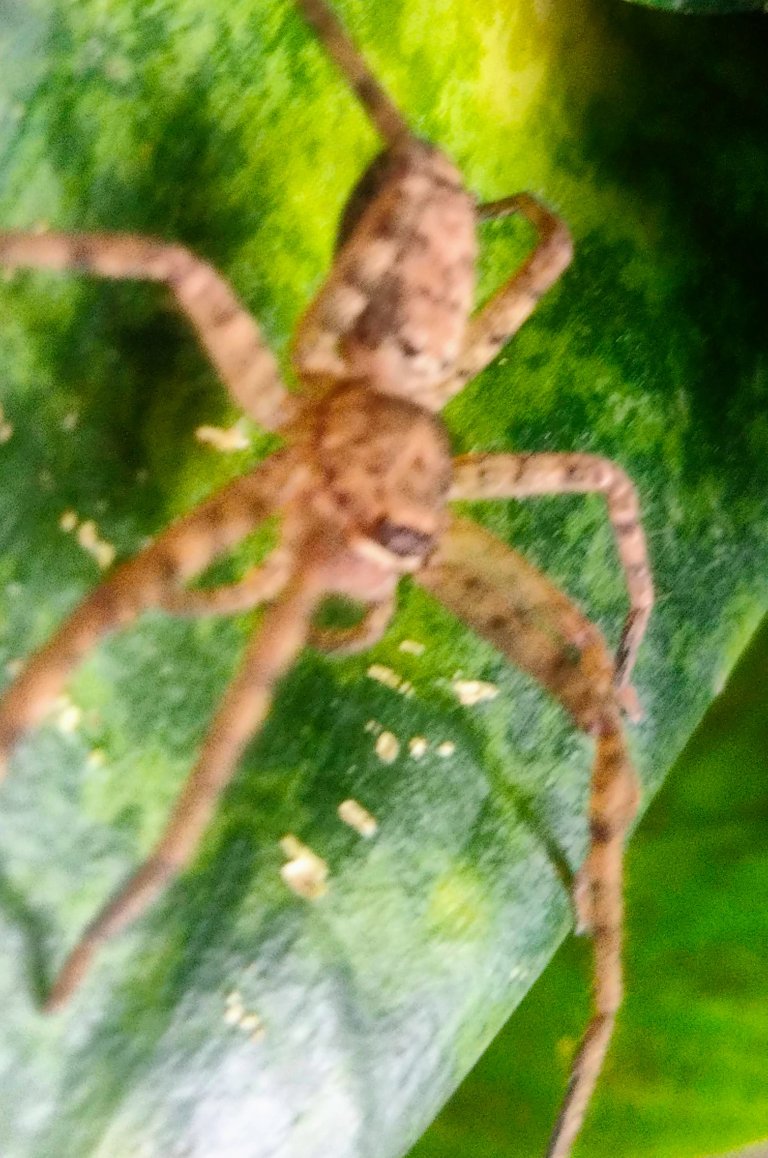
The spider's stomach contains the intestines, heart, reproductive organs, and silk glands. In immature male and female spiders, the foot-like pedipalps are used to find food and also serve as sense organs.
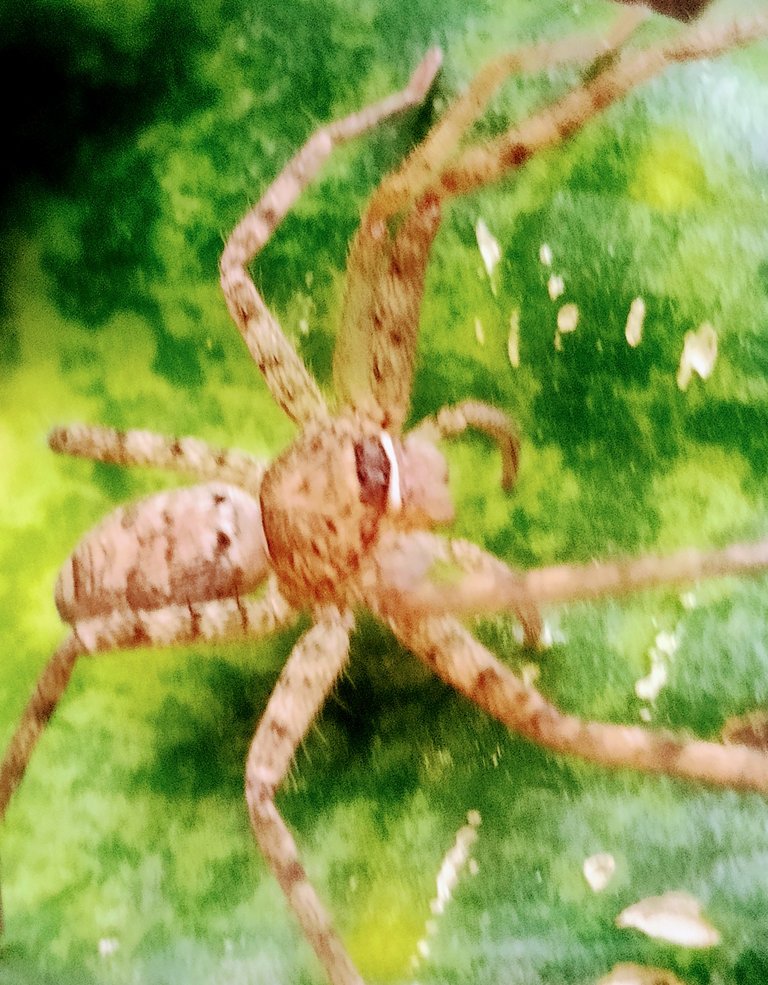
Spider body size
The body length of spiders ranges from 0.5-90 cm. The largest spider is the hairy mygalomorph, commonly referred to as the tarantula which is found in warm climates and is most abundant in America.
Some of the largest mygalomorphs include the goliath bird-eating spider (Theraphosa leblondi or T. blondi), found in some areas of the Amazon, and the goliath pinkfoot (T. apophysis) in Southern Venezuela. The smallest spiders belonging to several families are found in the tropics.
Female spiders are generally much larger than males, a phenomenon known in animals as sexual size dimorphism. Many female weaver spiders, such as the families Tetragnathidae and Araneidae, exhibit extreme size dimorphism. At least twice the size of males of the same species.
The extreme differences in body size appear to arise through a selection process that favors fecundity in females and "bridges" locomotion in males. Bridging is a technique used by spiders for web construction.

This spider photo was directly by myself this morning on the terrace of my house, what I just came out of was this spider animal that was silent, very carefully opened my cellphone camera. I feel like I'm afraid of this venomous animal, it's rare for people to get bitten by this spider.
Below are some photos that I have attached, all from the photos I took or Kodak took this morning on the flowers in my yard.
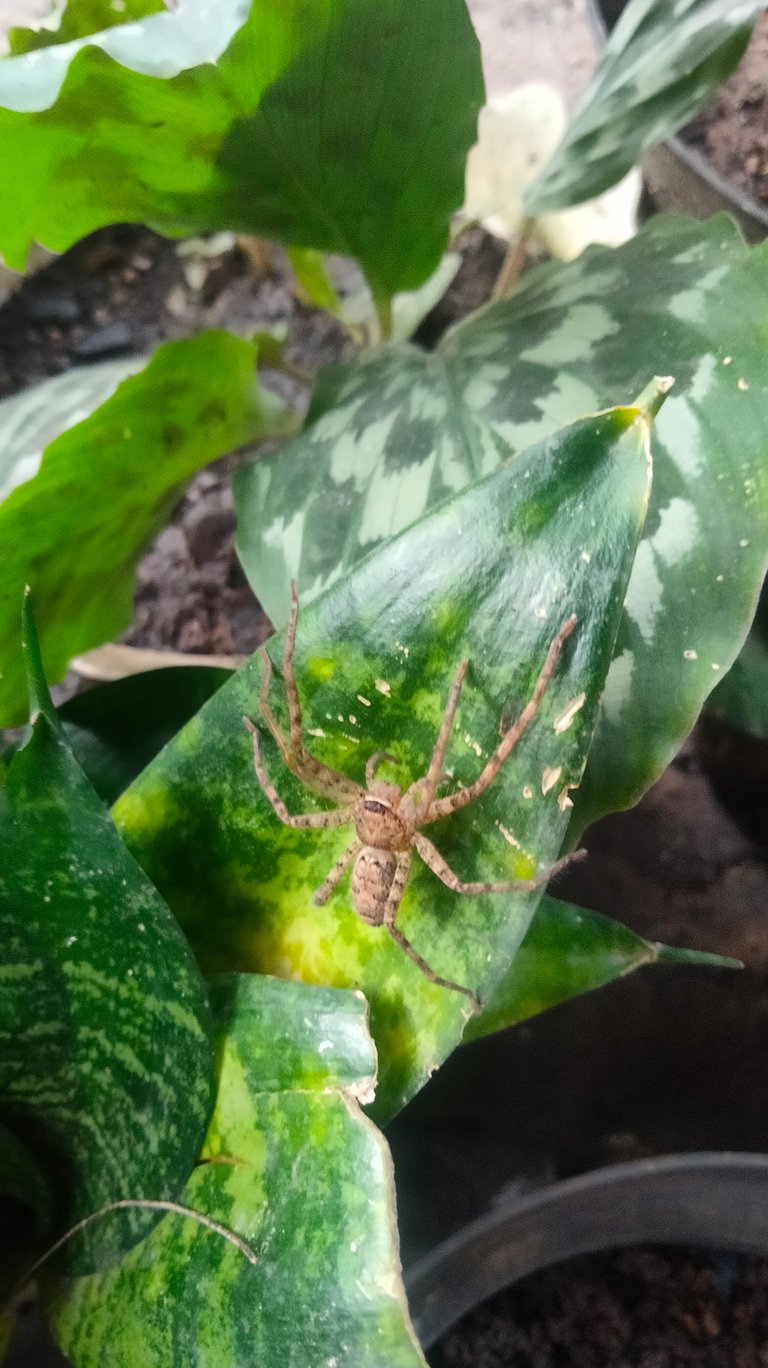
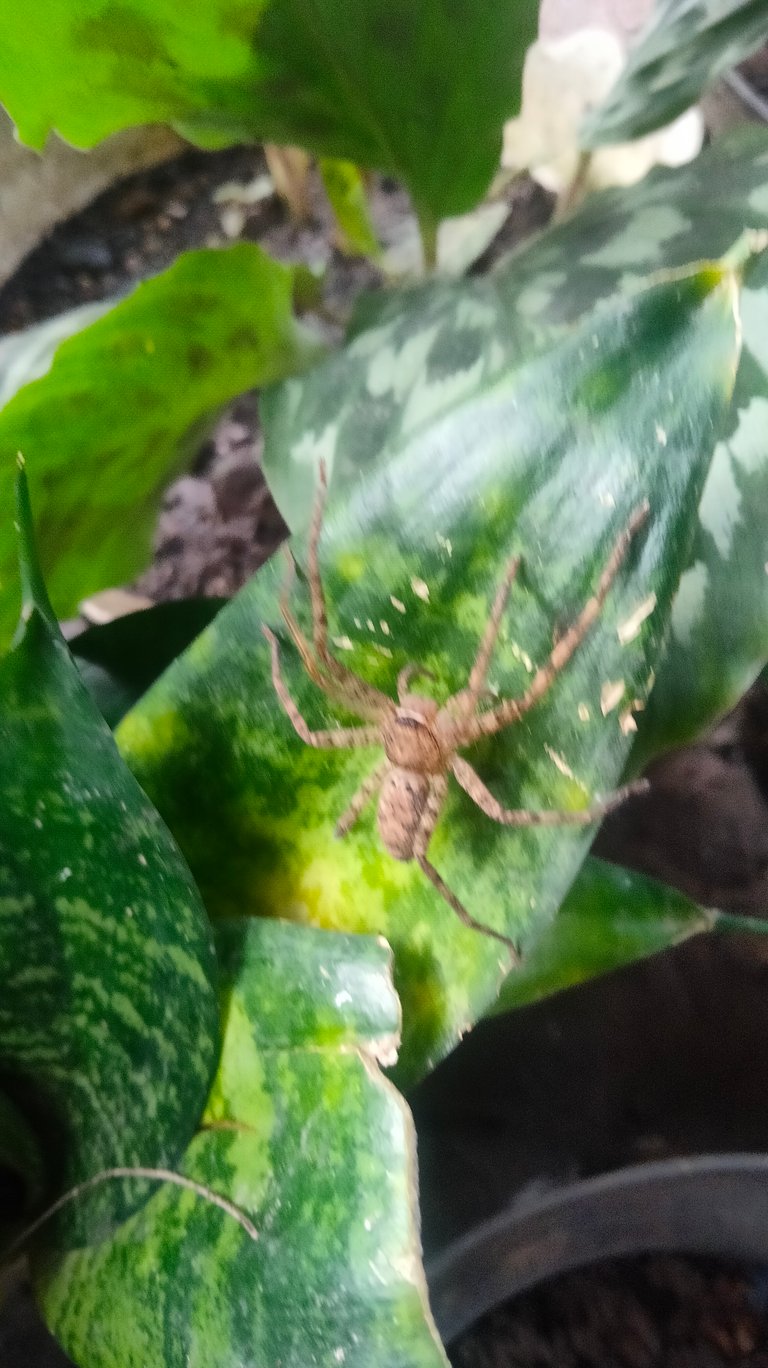
Hivean friends all where you are this spider animal is indeed venomous but if it doesn't bother him, no one will be preyed on by this venomous animal.
Hivean friends all, our rather rare animals have to protect their natural habitat and not to lose them from rare animals like this spider.
Our community is always getting better from various aspects of life in protecting and preserving all kinds of plants and animals so that their species do not disappear and become extinct by prioritizing togetherness and politeness, so that every step with a positive mental attitude.
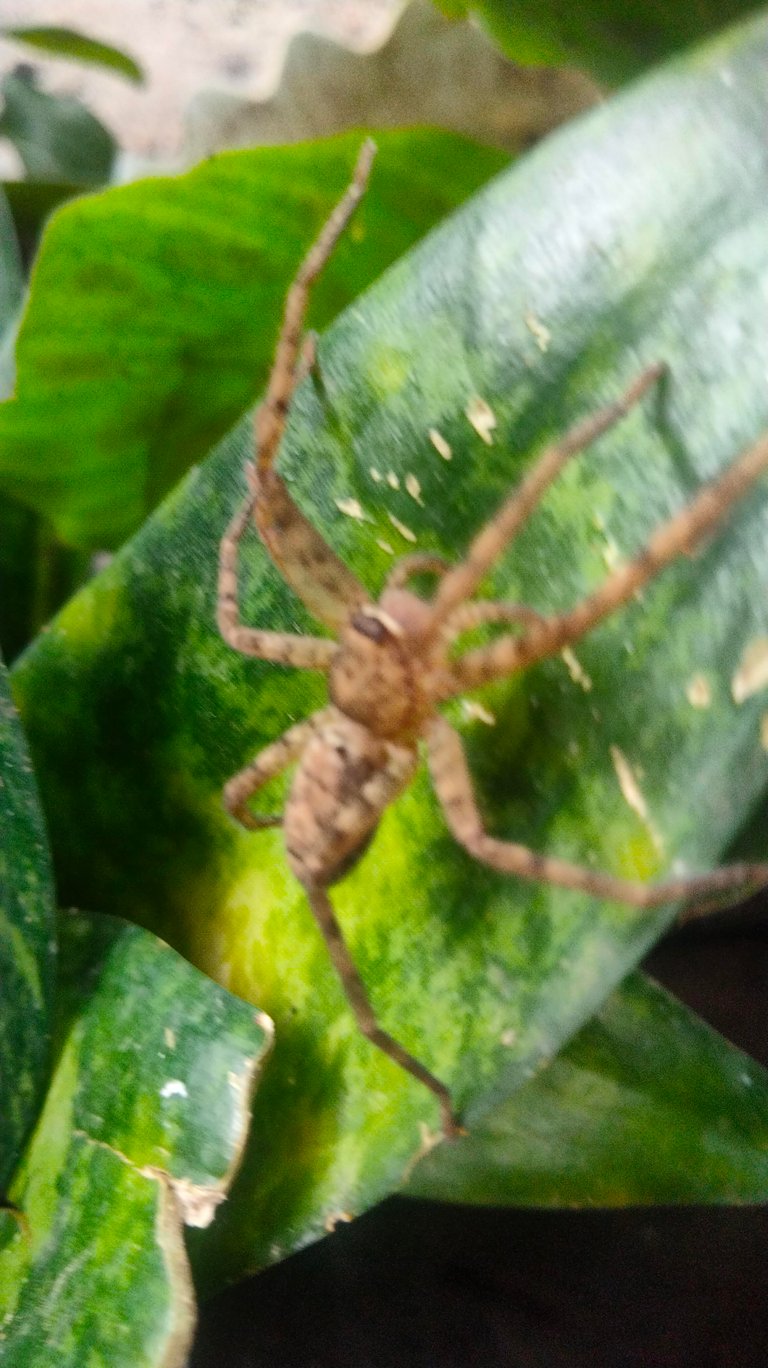
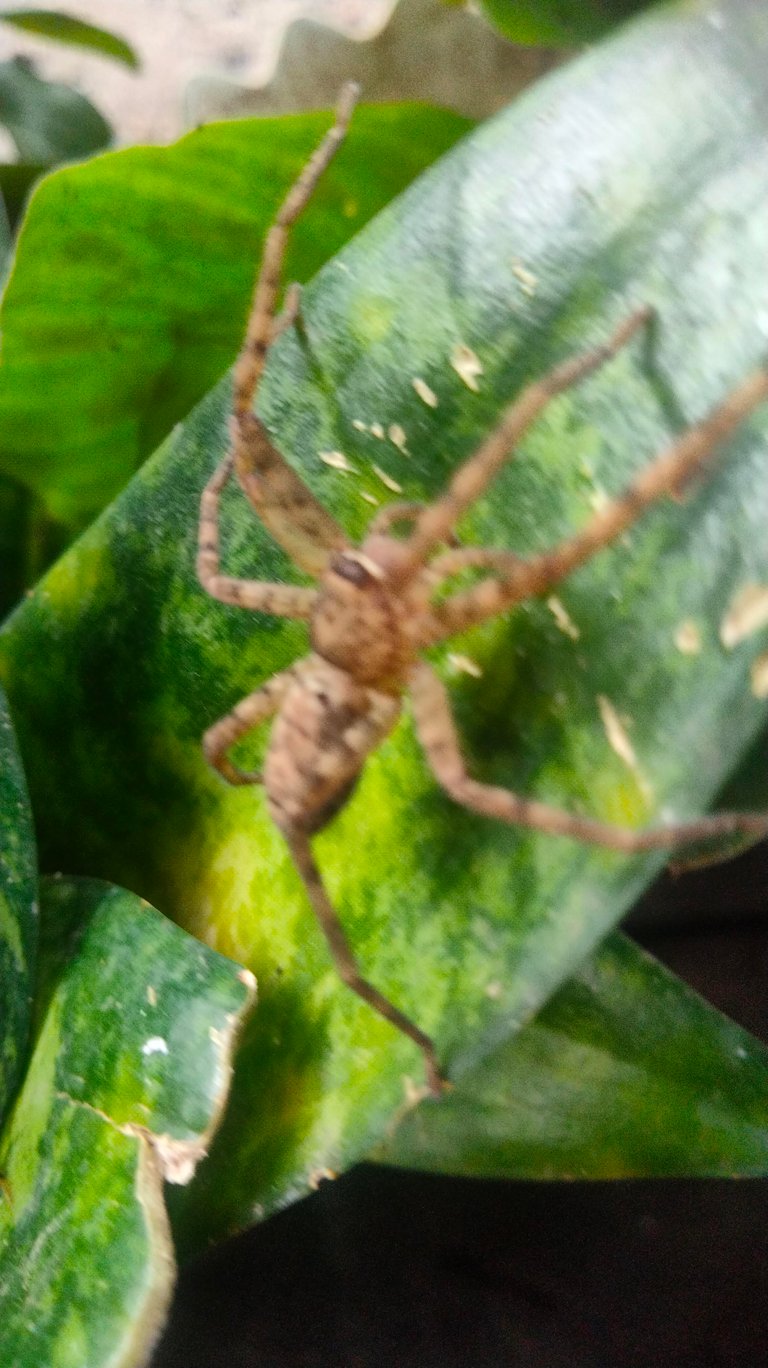

Excellent information on spiders! Almost all spiders are venomous, but venomous doesn't mean that they're harmful or medically significant. This spider is a huntsman spider, and while they're venomous, they're not medically significant to humans. So if she bites, it may hurt a little, but you won't get sick and you definitely won't die (unless you have an allergy, but that's very rare).
Still, it's always great advice to have people respect all animals, especially spiders (because they're my favourite, haha), and leave them alone. Not for fear of bites or venom, but because we are absolutely scary to spiders due to how large we are, even to the Goliath Birdeater or the Giant Huntsman in Australia. They seem so large to us, but they're not much larger than just our hand.
Thanks for sharing your spider and your knowledge with Hive!